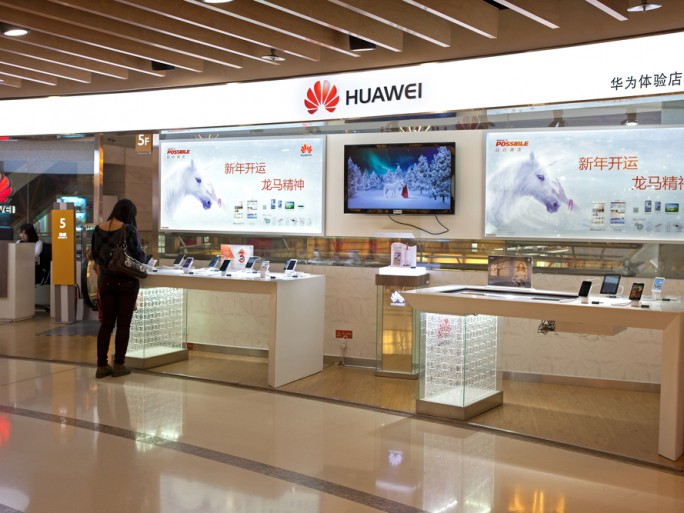Huawei: Operators And Community Collaboration Key For Smart Cities

Businesses, communities and operators can thrive in smart cities, Huawei enterprise CEO tells TechWeekEurope
Huawei’s devices and networking units both had a lot to show off at Mobile World Congress (MWC) in Barcelona last month, but the Chinese firm was especially keen to talk about smart cities, taking over virtually half of Hall 1 to exhibit its vision.
Smart cities are touted by operators and suppliers as a way of transforming the management of public services, stimulating urban development and improving the lives of citizens through connectivity and associated services.
Huawei is not the only vendor to identify this ‘mega trend’ – Cisco is building a smart city for the 2015 Expo in Milan for example – but it is already working with local authorities in The Hague, Amsterdam and others.
Network as the base
 The Shenzhen-based firm says smart cities can help local governments manage services like transport, safety and education more efficiently and environmentally friendly. Mobility, the Internet of Things (IoT) and collaboration are central to this vision, as is cooperation with authorities and operators.
The Shenzhen-based firm says smart cities can help local governments manage services like transport, safety and education more efficiently and environmentally friendly. Mobility, the Internet of Things (IoT) and collaboration are central to this vision, as is cooperation with authorities and operators.
“Smart cities are a very hot topic because it is related to the people and things,” Leon He, CEO of Enterprise told TechWeekEurope. “We talk a lot about smart transportation, e-health and education, but the most important thing for us is how to connect you first.”
Huawei believes its advantage not only lies in its ability to use multiple networking technologies – 4G, Wi-Fi and fibre – but also its ability to provide a unified platform and provide end-to-end services.
Smart city services
At MWC it exhibited a number of products it believes can help with this transformation, including the ‘Safe City Solution’, which provides a fixed and mobile broadband network to support CCTV cameras, and the collaborative cloud service, which integrates apps, networks and terminals to make the operation of branch offices more efficient.
Huawei also displayed its ‘Digital Journey Solution’, a smart transport system which provides connectivity to trains and buses, allowing operators to provide services like Wi-Fi and reducing operation costs through more efficient management.
Finally, the M2M-based ‘Energy Efficiency Management Solution’ aims to make it easier to reduce energy consumption by allowing customers to set policies and remotely manage use. Huawei says the system has allowed the University of Melbourne to reduce energy use by 62.5 percent.
‘No one size fits all’
 But despite the plethora of services that He said his firm could provide, he said there was no ‘one size fits all’ approach to smart cities and that local considerations would have to be factored in. Something that works in China might not necessarily work in Europe or the US, He explained, emphasising the need to start on a small scale before expanding.
But despite the plethora of services that He said his firm could provide, he said there was no ‘one size fits all’ approach to smart cities and that local considerations would have to be factored in. Something that works in China might not necessarily work in Europe or the US, He explained, emphasising the need to start on a small scale before expanding.
“Smart cities must start from the community,” he said. “We innovate closely with the customer and the [operator] partner. If we do a smart city like we did Amsterdam, first we set up a lab, which should be close the community.”
Demand for smart city infrastructure might not always come from a mobile operator directly, but close collaboration with network partners is essential for Huawei’s approach.
“Our idea is clear – the operators are key,” he explained. “They are very important for us. You cannot pass them.
“The biggest shift is mobile Internet. The future is open source and community collaboration.”
The arrival of 4.5G and 5G will only accelerate this, he added, warning that the industry “cannot wait” for the emergence of more advanced cellular technologies. Any delay, he argued, would mean Huawei and its customers would be left waiting for technology to catch up with their ambitons.
Business benefits & mobile future
The opportunity for operators is obvious as smart cities should in theory boost demand for networking services from government and businesses. Huawei is keen to emphasise the benefits for the public sector, but it is adamant that the private sector can also take advantage, especially with many industries looking to the cloud and IoT to boost efficiency and productivity.
He said many local authorities believe smart cities can attract startups and SMBs, citing an example of the Singapore government, which approached Huawei five years ago to see how the country could provide more resources for young companies to thrive.
“The priority depends on the city,” he said. “The priority depends on the city. Every city has their individual issues and needs tailor made solutions.”
How much do you know about 4G and the mobile future? Take our quiz!